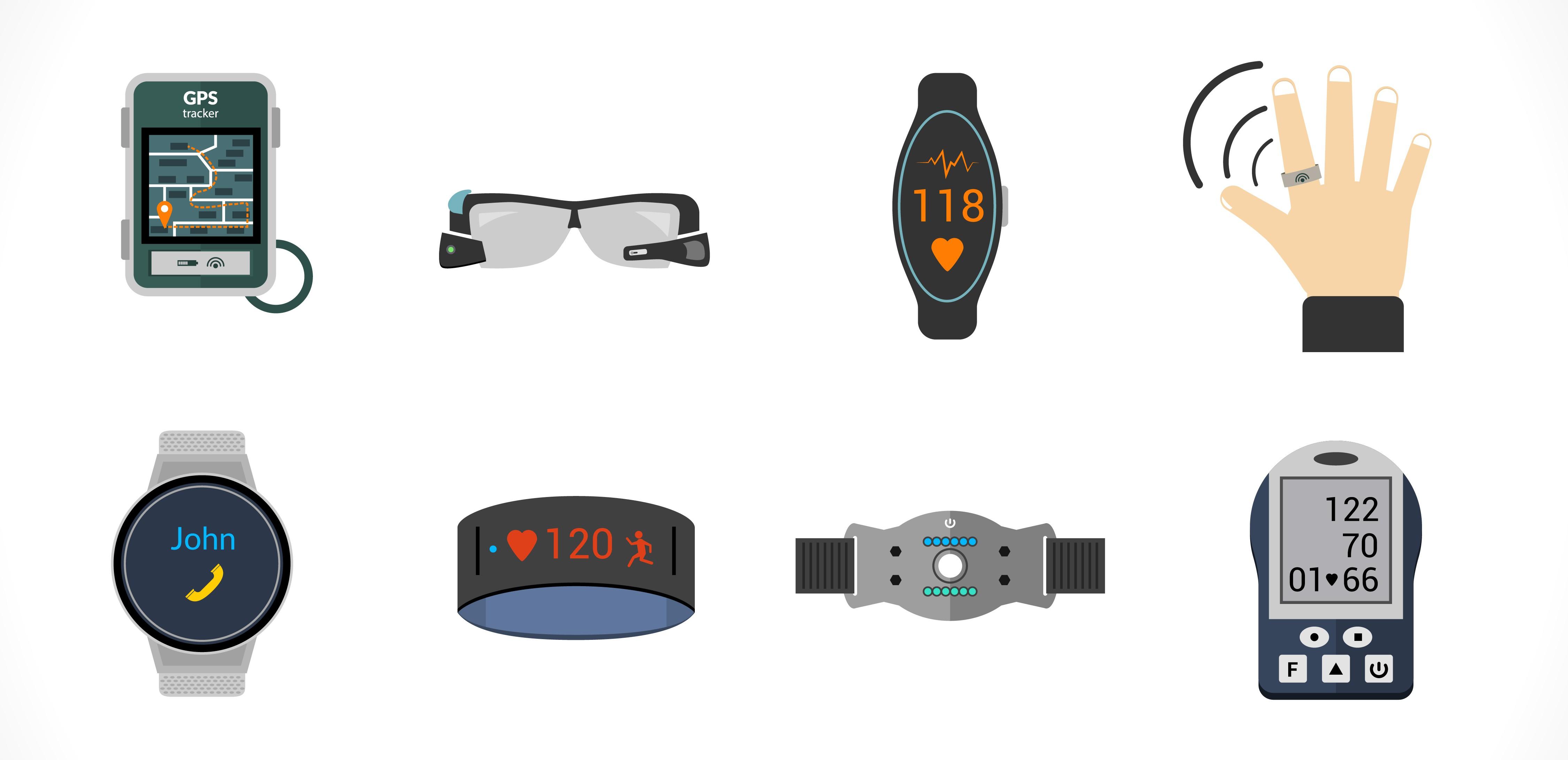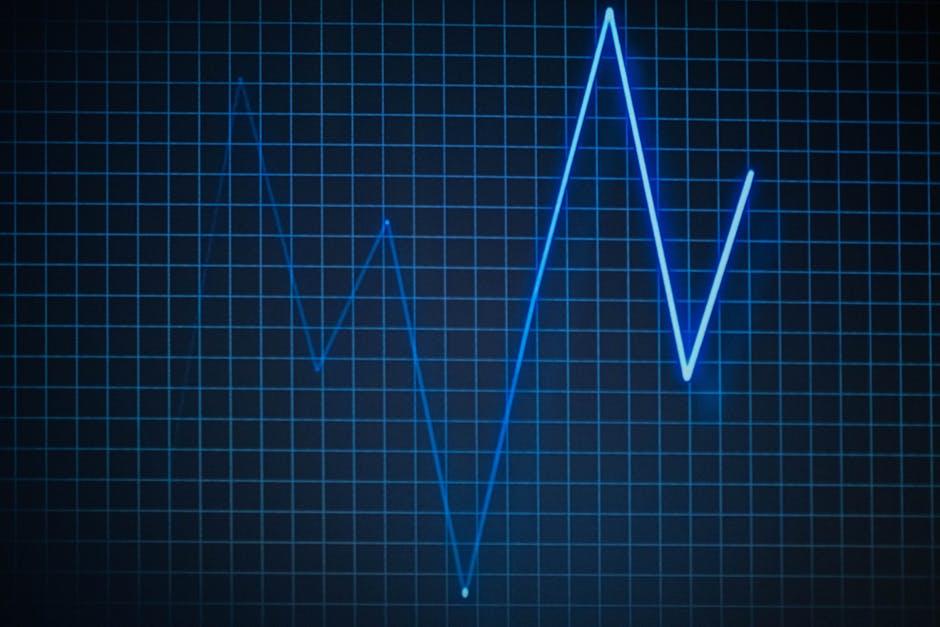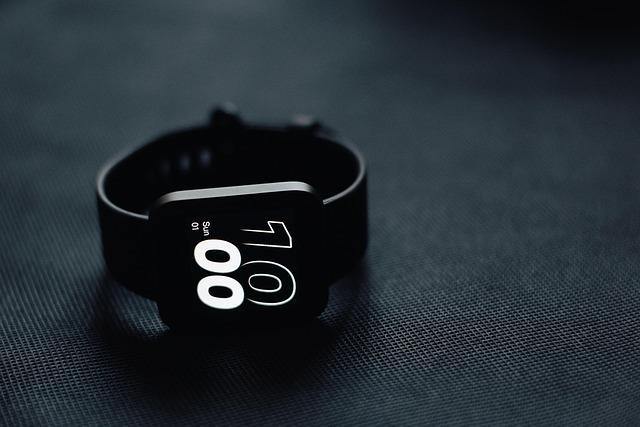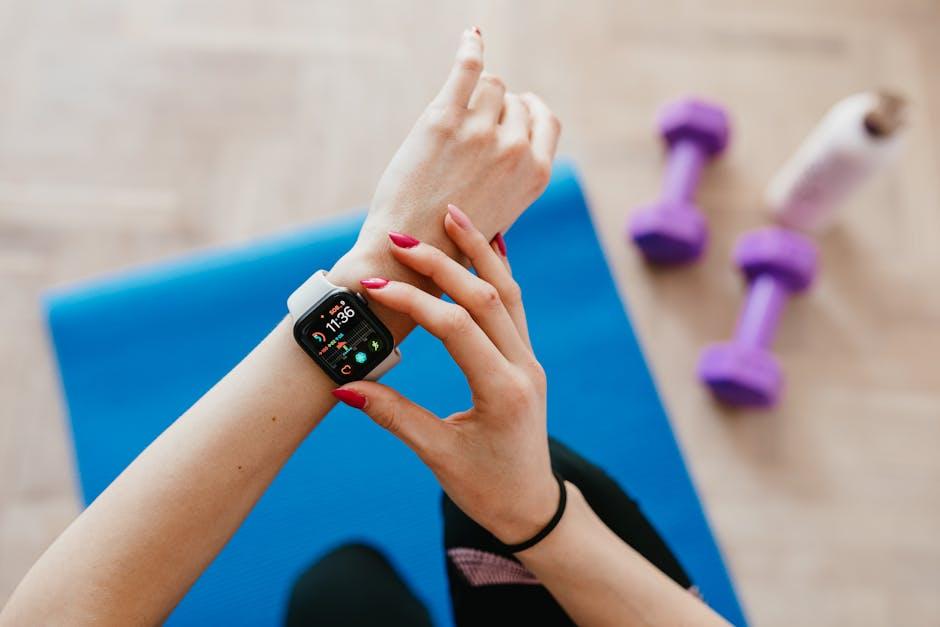In the ever-evolving landscape of sports and fitness, wearable health technology stands at the forefront, revolutionizing how athletes train, recover, and optimize their performance. Gone are the days when intuition and trial-and-error dictated an athlete’s journey to peak performance. Today, data-driven insights gleaned from advanced wearables provide a comprehensive view into every heartbeat, stride, and exertion level. These innovative tools not only track physical metrics but also delve into the intricate web of recovery—offering a dual lens through which athletes can enhance their capabilities and safeguard their well-being. In this article, we will explore the multifaceted role of wearable health tech in the realm of sports, focusing on recovery metrics and performance enhancement analysis. join us as we unravel how these devices are reshaping the athletic experience, enabling not just better performances but also smarter, more sustainable training regimens.
Exploring the Role of Wearable Devices in Athlete Recovery Strategies
Wearable technology has revolutionized the way athletes approach their recovery strategies, offering precise metrics that aid in optimizing performance. Devices such as fitness trackers, smartwatches, and specialized recovery monitors provide real-time feedback on vital signs, sleep quality, and muscle fatigue levels. By continuously monitoring these aspects, athletes can tailor their recovery protocols to address individual needs more effectively. Key features frequently enough include:
- Heart Rate Variability (HRV): A crucial indicator of recovery status, allowing athletes to gauge stress levels and recovery effectiveness.
- Sleep Tracking: Insights into sleep quality and duration, essential for physical recovery and mental resilience.
- activity Monitoring: Detailed analysis of workload and intensity during training sessions to prevent overtraining.
Furthermore, the integration of wearable devices with mobile apps enables athletes to visualize their recovery trends over time. Data analytics allows for the comparison of metrics across different training cycles, empowering athletes to refine their strategies based on empirical evidence. To illustrate this, consider the following table of notional recovery metrics:
| Metric | Optimal Range | Actionable Insight |
|---|---|---|
| HRV | 50-100 ms | Increase recovery time if below threshold |
| sleep duration | 7-9 hours | Implement relaxation strategies if insufficient |
| Muscle Soreness Score | 0-3 (1-10 scale) | Adjust training intensity accordingly |

Analyzing Key Recovery Metrics for Optimal Performance Enhancement
In the world of athletic performance, understanding recovery metrics is essential for maximizing physical capabilities and preventing injuries. Wearable health technology has revolutionized this aspect by providing real-time data that allows athletes to tailor their recovery strategies. Athletes can focus on key indicators such as heart rate variability, sleep quality, and muscle soreness levels to gauge their recovery state. Monitoring these factors collectively offers a holistic view of an athlete’s readiness,enabling them to make informed decisions about training intensity and rest periods.
By analyzing specific recovery metrics, athletes can identify patterns and correlations that directly affect their performance. For example, a consistent drop in heart rate variability might suggest a need for an extended recovery period or alterations in nutrition and hydration strategies. Moreover,integrating metrics such as caloric expenditure and activity levels into recovery assessments can enhance an athlete’s understanding of their physiological limits. Below is a simple overview of key recovery metrics and their meaning:
| Metric | Significance |
|---|---|
| Heart Rate Variability | Indicates overall recovery status and autonomic nervous system balance. |
| Sleep Quality | Essential for physical recovery and mental clarity. |
| Muscle Soreness | Helps assess the extent of muscle fatigue and recovery needs. |
| Caloric Expenditure | Aids in evaluating energy balance and nutritional needs. |

Integrating Biometric Data for Personalized Training programs
As athletes increasingly turn to wearable technology for insight into their performance, the integration of biometric data becomes crucial for tailoring training programs to individual needs. By harnessing metrics such as heart rate variability, oxygen consumption, and sleep patterns, coaches and trainers can create specific training regimens that align closely with an athlete’s physiological responses. This individualized approach not only enhances performance but also minimizes the risk of injury, ensuring that the training intensity matches the athlete’s current capabilities while encouraging growth.
Consider the following key biometric data points that can inform personalized training strategies:
- Heart Rate Variability (HRV): Indicates recovery status and readiness for training.
- Resting Heart Rate: A reflection of cardiovascular fitness and overall health.
- Sleep Quality: Essential for recovery and performance improvement.
- Body Temperature Trends: Can signal overtraining or recovery needs.
| Biometric Metric | Implication for Training |
|---|---|
| HRV | Higher HRV indicates better recovery; adapt training loads accordingly. |
| Resting Heart Rate | Elevated rates may suggest fatigue; consider lighter workouts. |
| Sleep Quality | Poor sleep may require adjustment in training intensity. |
| Body Temperature | Elevated temperature during workouts can indicate overtraining. |
This data-driven methodology empowers athletes to not only reach their performance goals but also to sustain long-term health and resilience in their training journey. By continuously analyzing these metrics through wearable technology, athletes can stay attuned to their physical and mental state, allowing for a more balanced and effective approach to training and recovery.

Future Innovations in Wearable Health Tech for Elite Athletes
The landscape of wearable health technology is rapidly evolving, and the future promises to unveil innovations that will further fine-tune athletes’ performance and recovery strategies. Emerging technologies such as biometric sensors, real-time data analytics, and even advanced AI algorithms are set to create a synergy of performance metrics that were previously unimaginable. These devices could offer insights not only on physical exertion but also on neuromuscular fatigue,hydration levels,and emotional well-being,crafting a holistic approach to athlete care that supports both physical readiness and mental resilience.
Future wearables may integrate machine learning techniques, allowing them to personalize feedback by analyzing an athlete’s ancient performance data. This would enable the technology to identify individual trends and suggest adaptations in training regimens or recovery protocols. Moreover, the introduction of smart textiles with embedded sensors could facilitate continuous monitoring without hindering the athlete’s performance. Consider the possibilities:
| Innovation | Potential Benefits |
| Biometric Sensors | Track heart rate variability, oxygen saturation, and body temperature in real-time. |
| AI Analysis | Customizes training plans based on individual recovery and performance patterns. |
| Smart Textiles | Provide seamless integration of biometric data while offering comfort and mobility. |
Closing Remarks
As we conclude our exploration into the realm of wearable health technology for athletes, it’s evident that the marriage of innovation and performance optimization is not just a trend—it’s a transformation. The metrics gathered from these devices illuminate the intricate tapestry of recovery,guiding athletes to hone their training regimens with unprecedented precision. Whether it’s tracking heart rate variability, monitoring sleep patterns, or analyzing muscle recovery times, each data point serves as a crucial piece of the performance puzzle.
As technology continues to evolve, so too will our understanding of the human body and it’s capabilities. Athletes who embrace these tools not only gain insights into their physical limits but also cultivate a deeper connection with their own health. The future of sports may very well hinge on the balance between technology and the timeless athlete’s spirit, revealing that in the quest for excellence, knowledge truly is power.
So, as you lace up your sneakers or adjust your gear, remember that each step taken is informed by the data at your fingertips. The horizon of athletic performance is bright, and with the right combination of resilience, determination, and innovative technology, athletes are poised to redefine what it means to push beyond boundaries. The journey of recovery and enhancement continues—an odyssey enriched by the smart devices that now adorn our wrists and ears. Embrace this exciting frontier, for the race towards peak performance is only just beginning.






